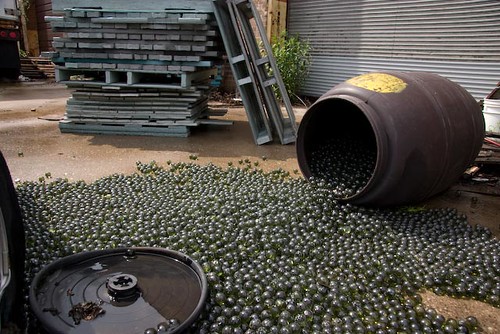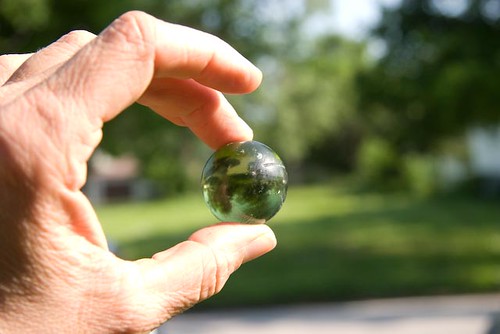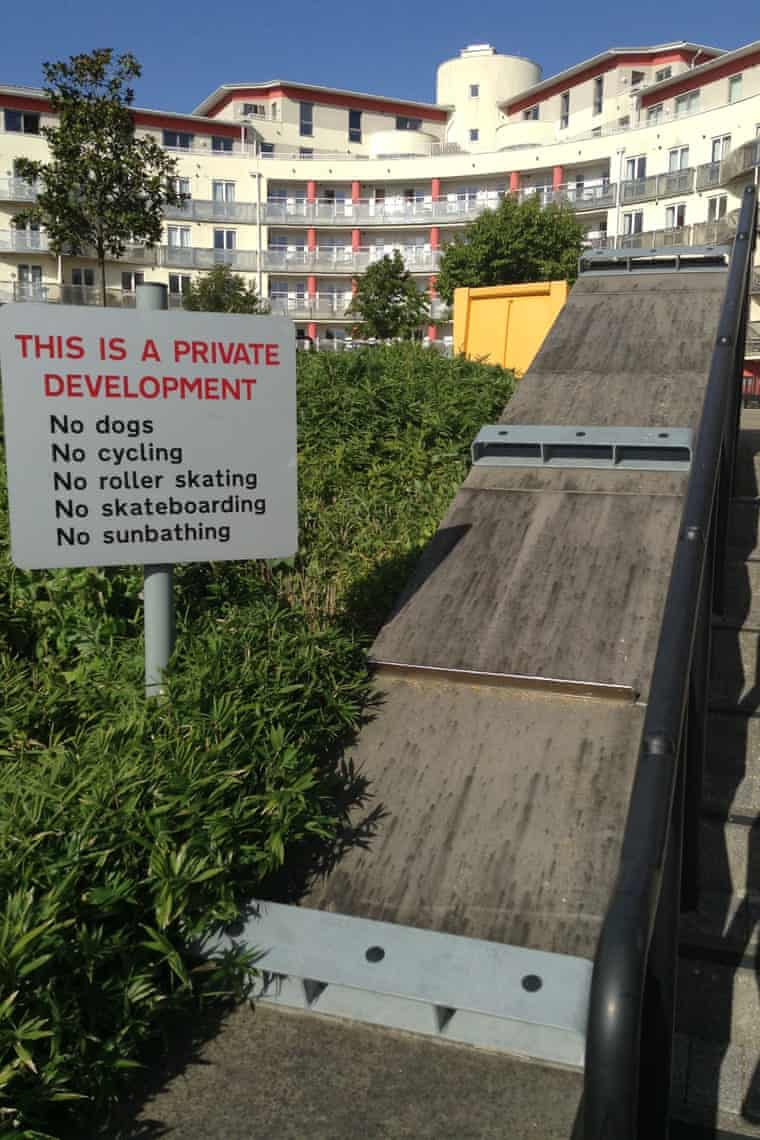Tuesday, November 13, 2018
Reading due Monday, November 26

 Photos of the Resource Center, Chicago by Claire Pentecost
Photos of the Resource Center, Chicago by Claire Pentecost
In preparation for work on the next assignment ("Near/Far"), read the text
"Quiet Fires of All Degrees" by artist Kristin Schimik. How might you trace or map some experiences of scale or time similar to those that she describes? For example, we could start with her description of automobiles rusting from exposure to salt then transition to the salt covering extensive road networks across Northern Michigan (or the entire northern part of North America) which then takes us back in time to the geologic era in which the salt originated from a (then) much larger sea. Or her vast comparison between a pellet of iron ore and a distant star, connected by chemical processes. What objects from your own experience (in the past or present) might function in a similar way?
Thursday, November 8, 2018
For Monday, November 12
Readings:
Paglen: "Seeing-machines" +
Tom Simonite: "Machines Taught by Photos Learn a Sexist View of Women".
Trevor Paglen's description of "seeing machines" argues that intentional, camera-based photography, as it has commonly been understood, is increasingly a minor contributor to the vast number of images produced in the world. This line of thinking has led to him to the conclusion that most images being today aren't even being made for humans, a point taken up by Simonite for WIRED. Simonite's article takes up questions of machine learning based on culturally constructed archives, both textual and pictorial.
Post a short response to these texts to your Tumblr. Consider one of the following questions:
- What pictures do you encounter (regularly, occasionally, or even one time) that don't have an easily identifiable author? Where do you encounter them? What perspectives (points-of-view) do these pictures seem to represent?
- How do you think AI represents a challenge to "truth" versus "aspiration"? When might you want a machine to "see" things in a manner that isn't concerned with bias, versus wanting machines to avoid cultural bias, like gender and profession? Try doing a Google image search for different professions. How do the results compare with your existing assumptions about who represents those professions? Do they confirm, surprise, contradict?
Monday, November 5, 2018
For Wednesday, November 7
We will be critiquing your site-based proposal projects. Have your posters printed and ready BEFORE class.
Wednesday, October 24, 2018
For Monday, October 29
Teams will present on their chosen site/location. These presentations should
not address your proposals, but should tell us what you find important and significant about your site. Refer to part A of
the instructions.
Tuesday, October 16, 2018
For Wednesday, October 17
Wednesday, October 10, 2018
For Monday, October 15
Project 2 is
due on Monday, October 15.
Final output will be two prints (1 photo montage + 1 data
visualization), printed at tabloid/11x17 from the inkjet printers in the
lab (Print from Photoshop to RGB, Illustrator to CMYK, unless you created your document as RGB). Either matte or luster paper is OK.
Some basic instructions on printing from Photoshop.
Printing from Illustrator.
If you're unfamiliar with A&D's printing services that use Papercut,
look here.
Wednesday, September 26, 2018
For Monday, October 1
What you need for class on Monday:
1. Read the article by Mushon Zer-Aviv on "Disinformation Visualization," and post a brief response to your tumblr. One thing to consider: How does Mushon's analysis of infographics relate to Erol Morris's discussion of photographs and truth?
2. Think of some ways that you produce data about yourself through everyday activities. As we utilize communication devices, make purchases using credit systems, and browse the web, we create what some scholars call our "data body." Service providers like
Google and devices like the
iPhone document parts of this data body in ways that you can easily access, while
others entities are less accessible). Bring in some ideas for types of data about yourself that you would be interested in finding out about.
Archives
August 2018
September 2018
October 2018
November 2018

Subscribe to Posts [Atom]



